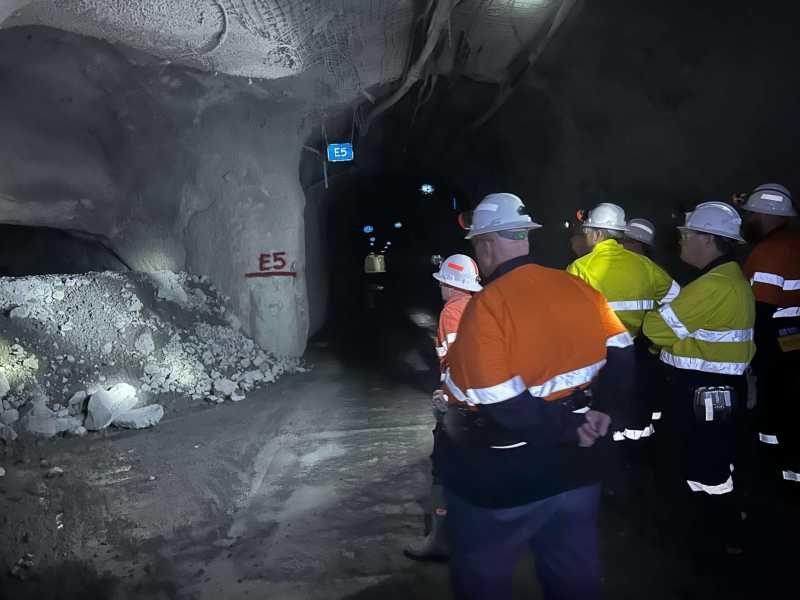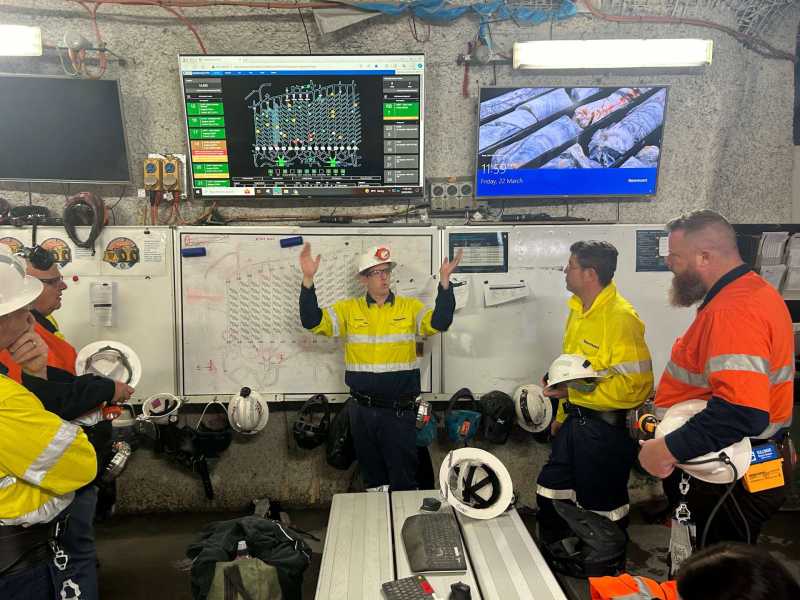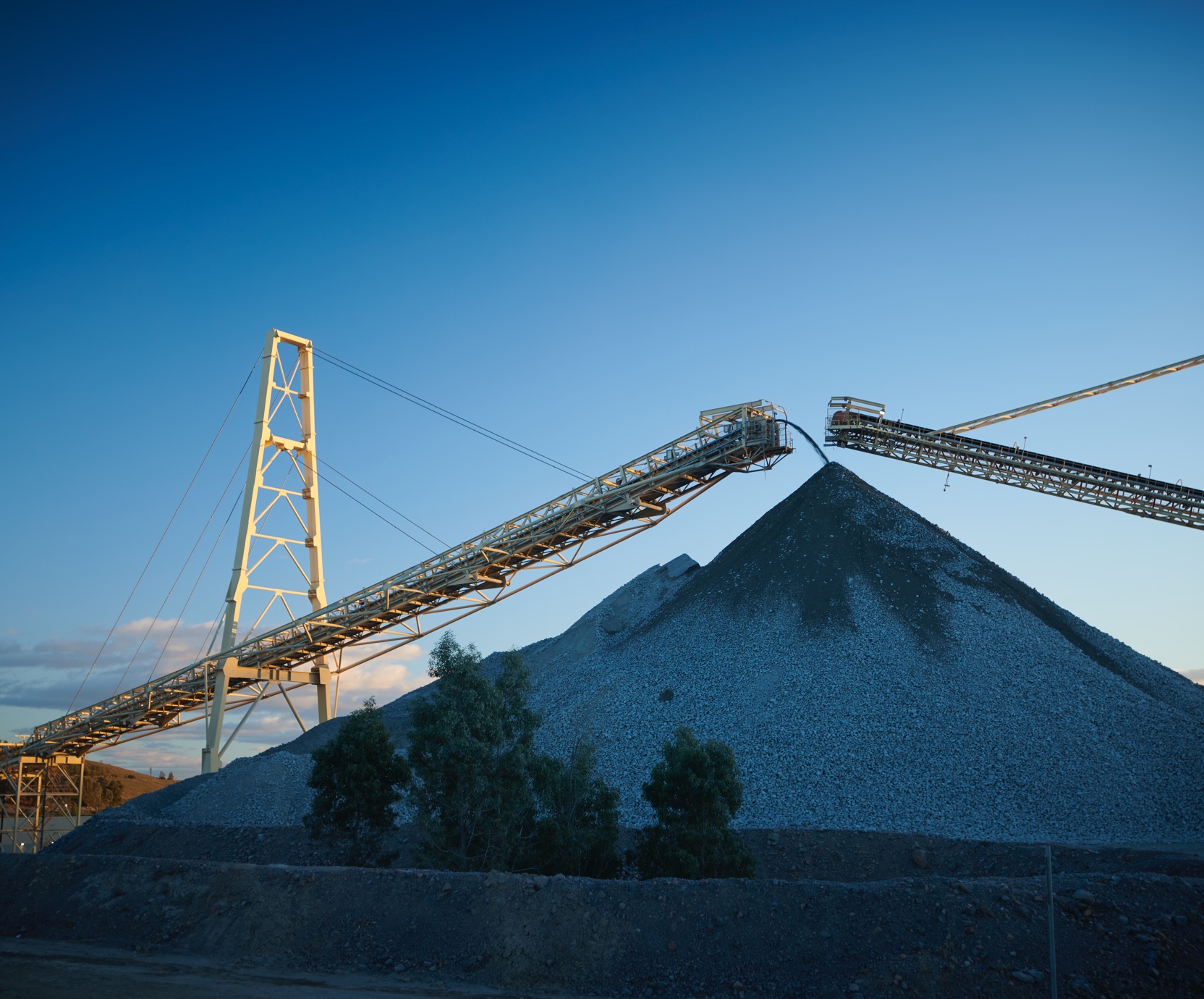Cadia Continued Operations Project
Cadia has a long history of mining and has been part of the Central West community for the past 25 years. While Cadia is currently approved to continue operations until 2031, we have identified mineral resources for production up to 2048-2050.
To continue supporting regional investment, jobs and the national renewable energy transition targets, we’re seeking approval from the NSW Government to extend our mining operations beyond 2031. This is known as the Cadia Continued Operations Project (CCOP).
Project Features
- Continued underground mining in the Cadia East and Ridgeway mining areas.
- Construction of an extension to the current South Tailings Storage Facility (STSFX) to provide capacity to around 2048-2050.
- Realignment of Panuara Road to account for these project features.
Beyond 2031
If approved, CCOP will allow mining to continue for another 25 years providing ongoing job opportunities and other economic and community benefits. Extending our Life of Mine (LOM) beyond 2031 ensures:
- Ongoing employment for our workforce of more than 1500 people, 85 per cent who live in or around Orange
- Continued production of a large proportion of NSW’s exports of copper, a mineral crucial to reaching net zero
- A stronger region through continued significant economic and social contributions including contributions to Indigenous education, fire service training and community projects with a focus on health, agriculture and tourism.
- Substantial tax, royalty and rate payments to state and local governments to fund schools, hospitals, roads and police
- A more sustainable operation through improved water management and site rehabilitation.
We want to secure Cadia’s future Beyond 2031 for the sake of our workers, our people, our community and our partners. That's a responsibility we take seriously.
What we also take seriously is keeping our workers, our community and our environment healthy and safe. We know a secure future starts here, with our day-to-day operations. We’ll continue to meet those obligations and exceed them by:
- Finding new and innovative ways to do business better
- Seeking more sustainable ways to operate in our environment
- Strengthening our relationships with residents, the community and our workers
- Listening and responding to community questions and concerns regarding CCOP or any part of our day-to-day business.
Key facts about the CCOP
If approved, Cadia will continue beyond 2031 and up to 2048-2050
This is not a new mine. Gold and copper have been mined at Cadia for more than 25 years
There will be little change to the scale or intensity of mining and no increase to approved annual production rates
We plan to extract more gold, copper and molybdenum from existing mining areas at Cadia East and Ridgeway with minor extensions underground
The continued operation of Cadia fits with the goal of the NSW Minerals Strategy which recognises the importance of gold and copper production to NSW
Copper and molybdenum produced at Cadia are crucial to the energy transition and deemed essential to Australia’s energy and security requirements









